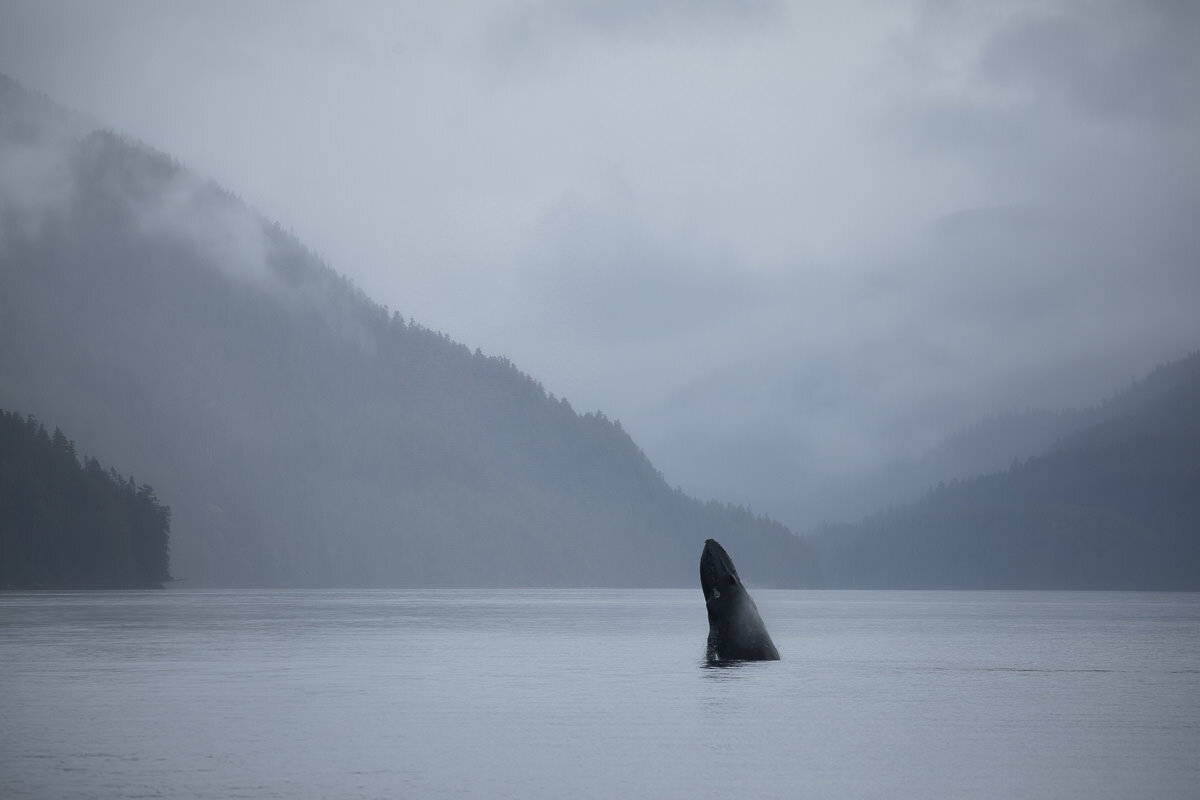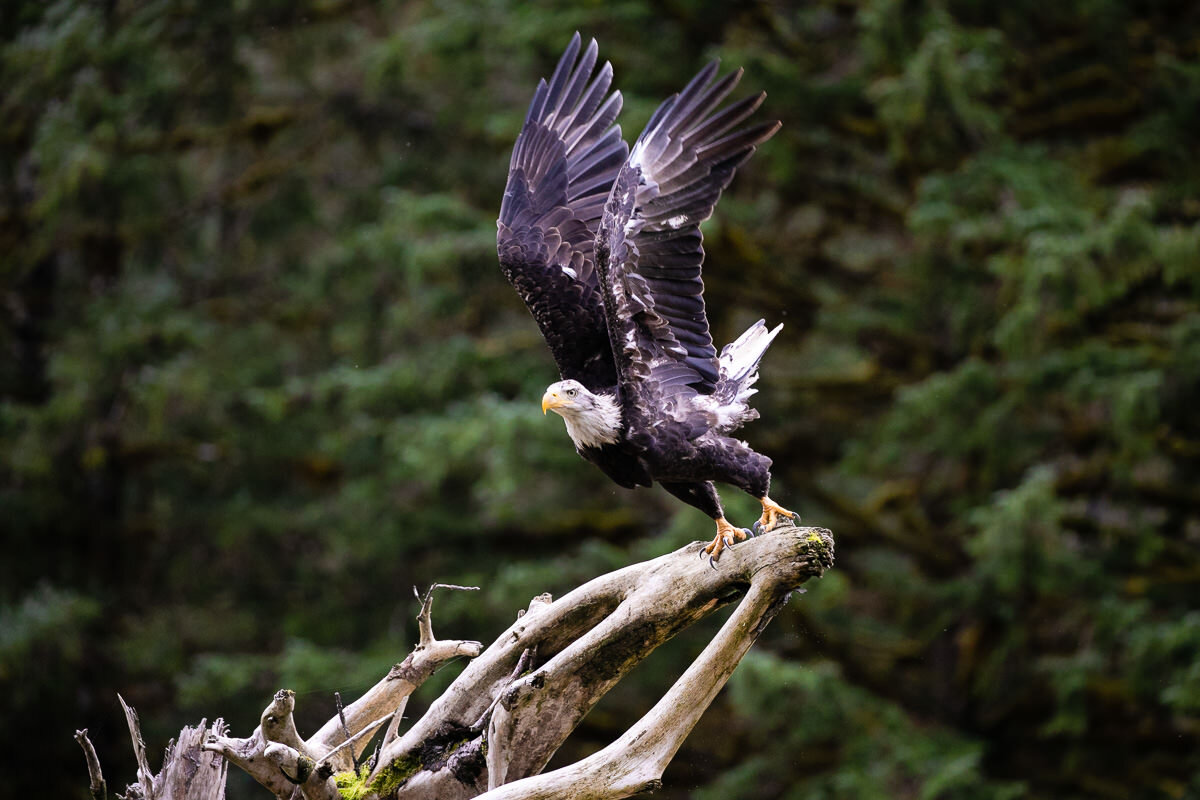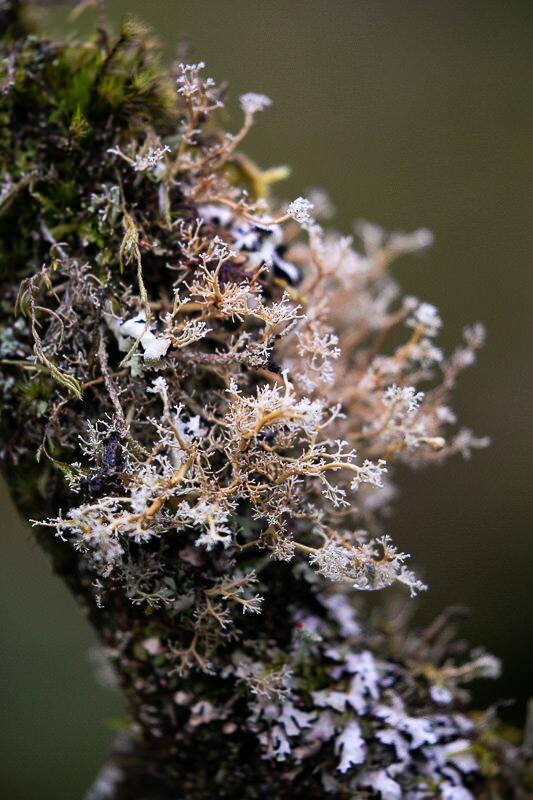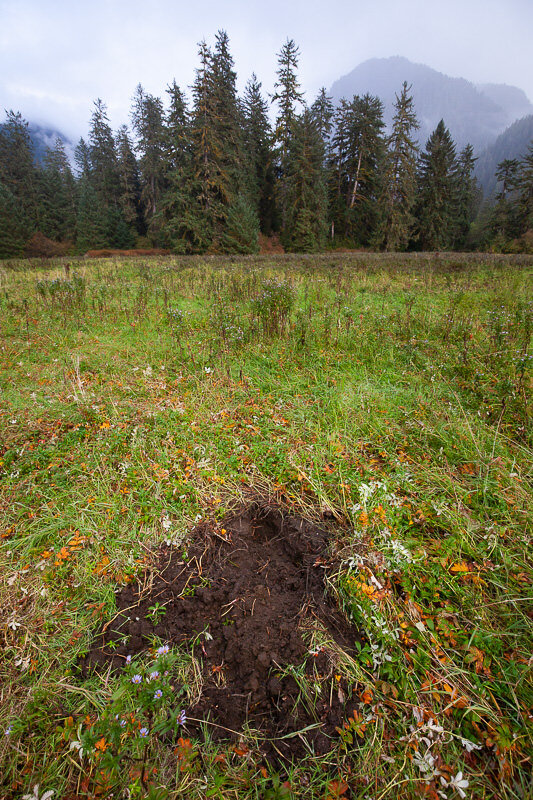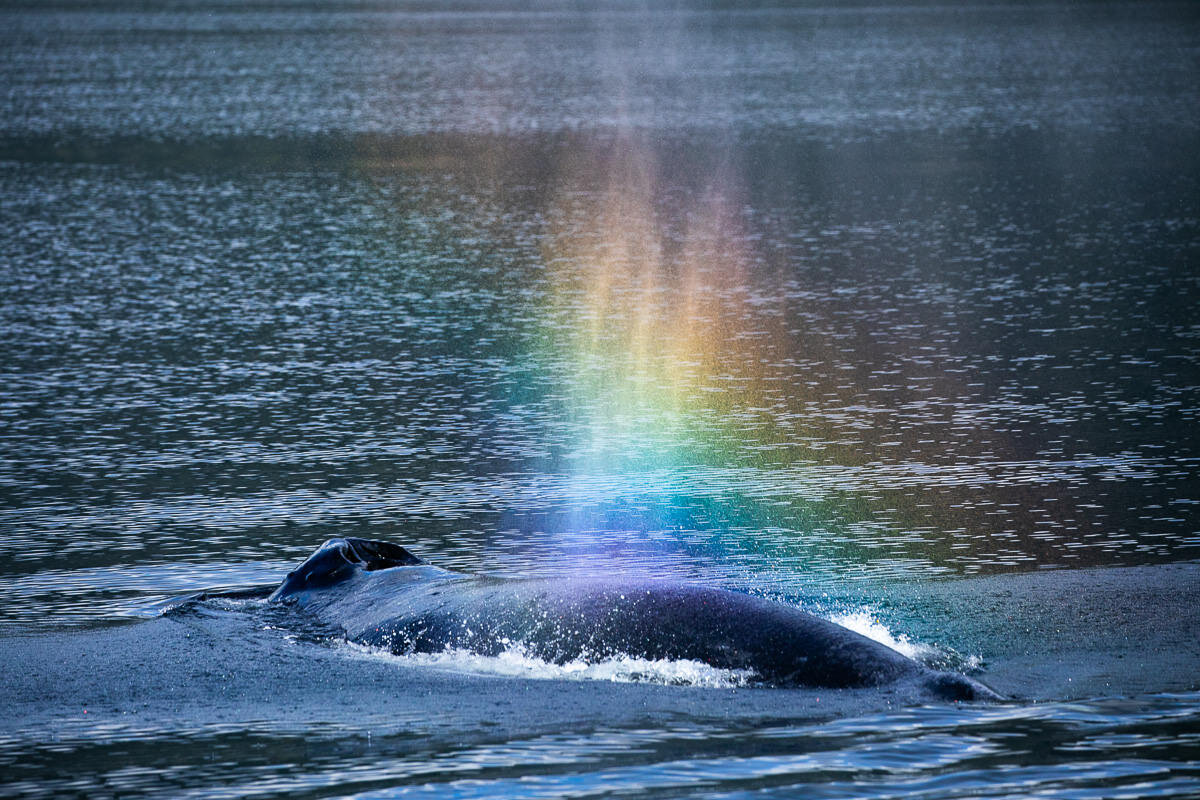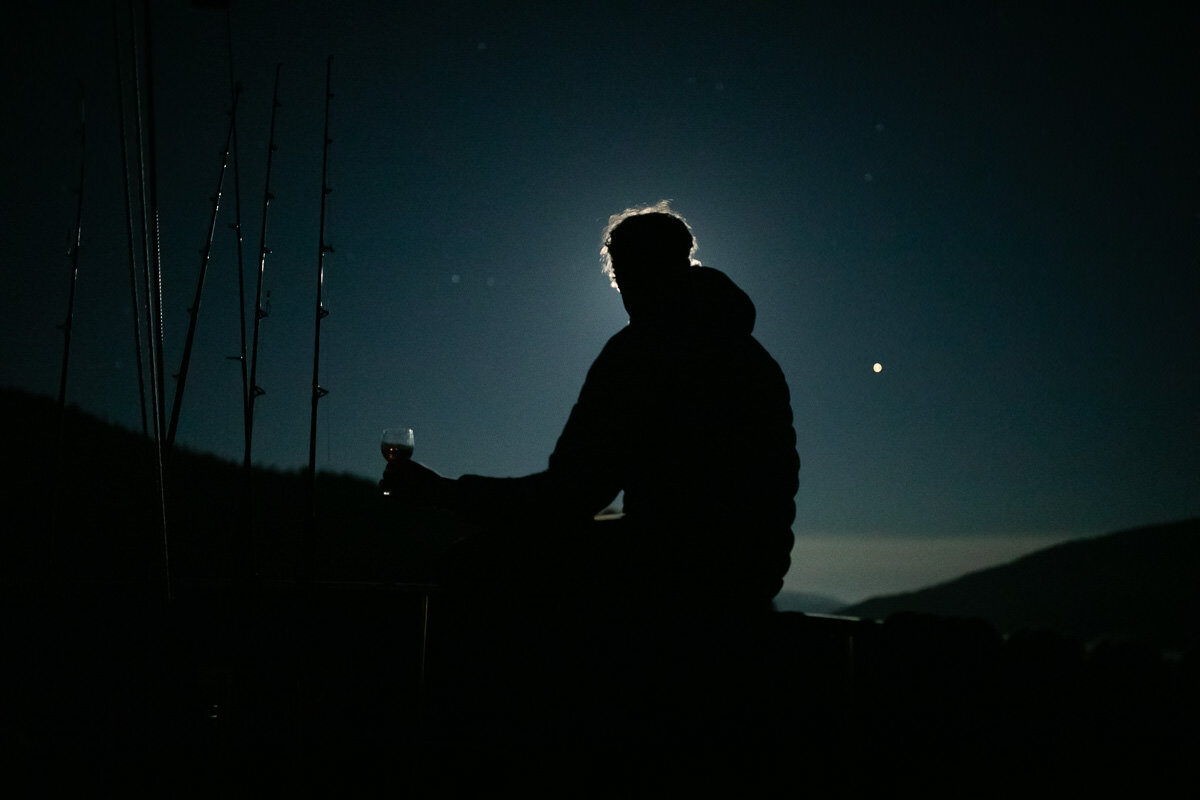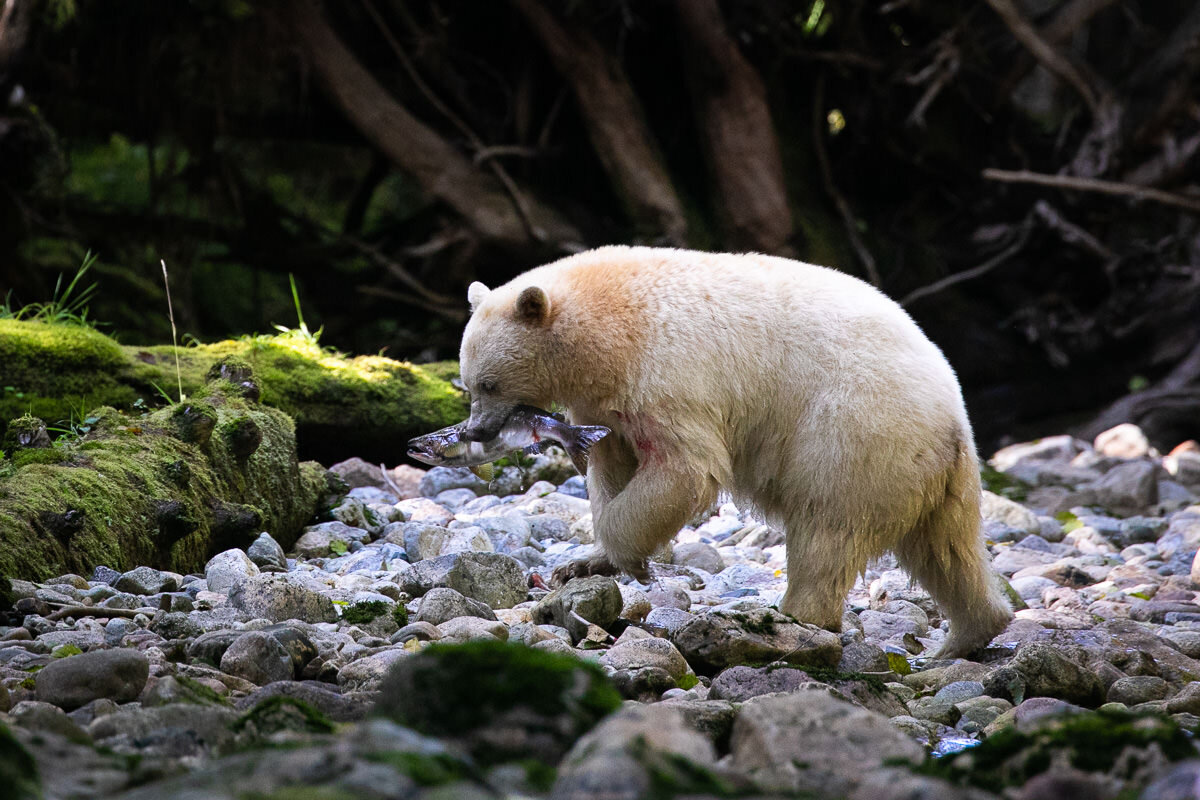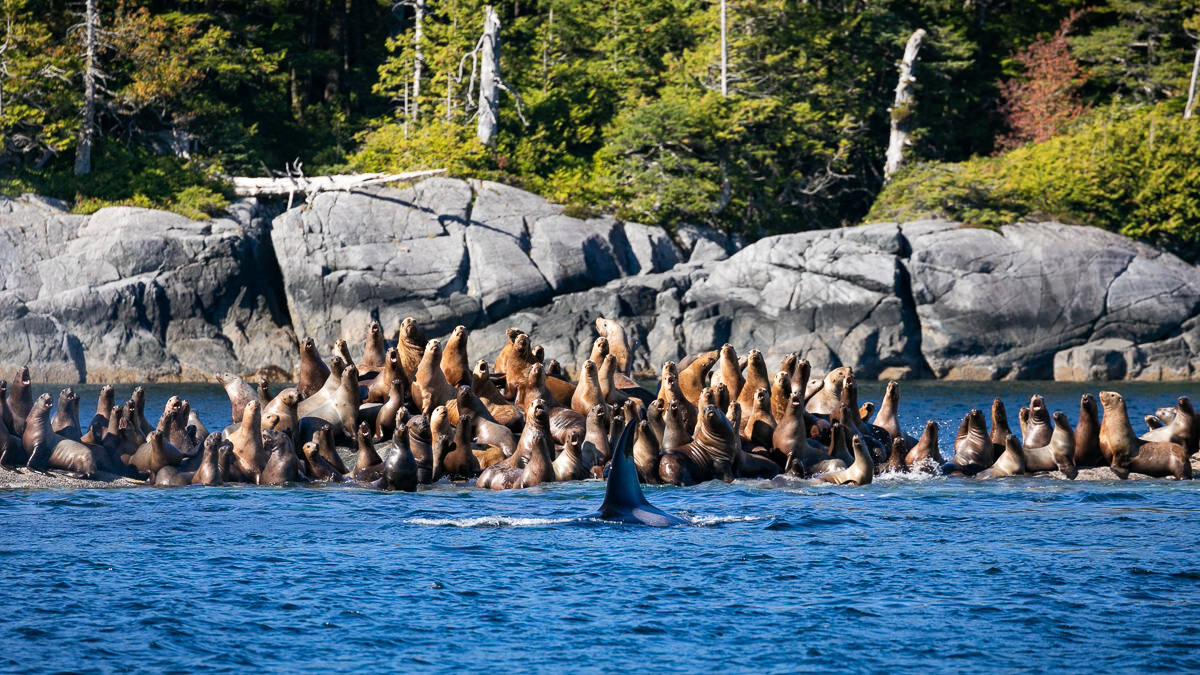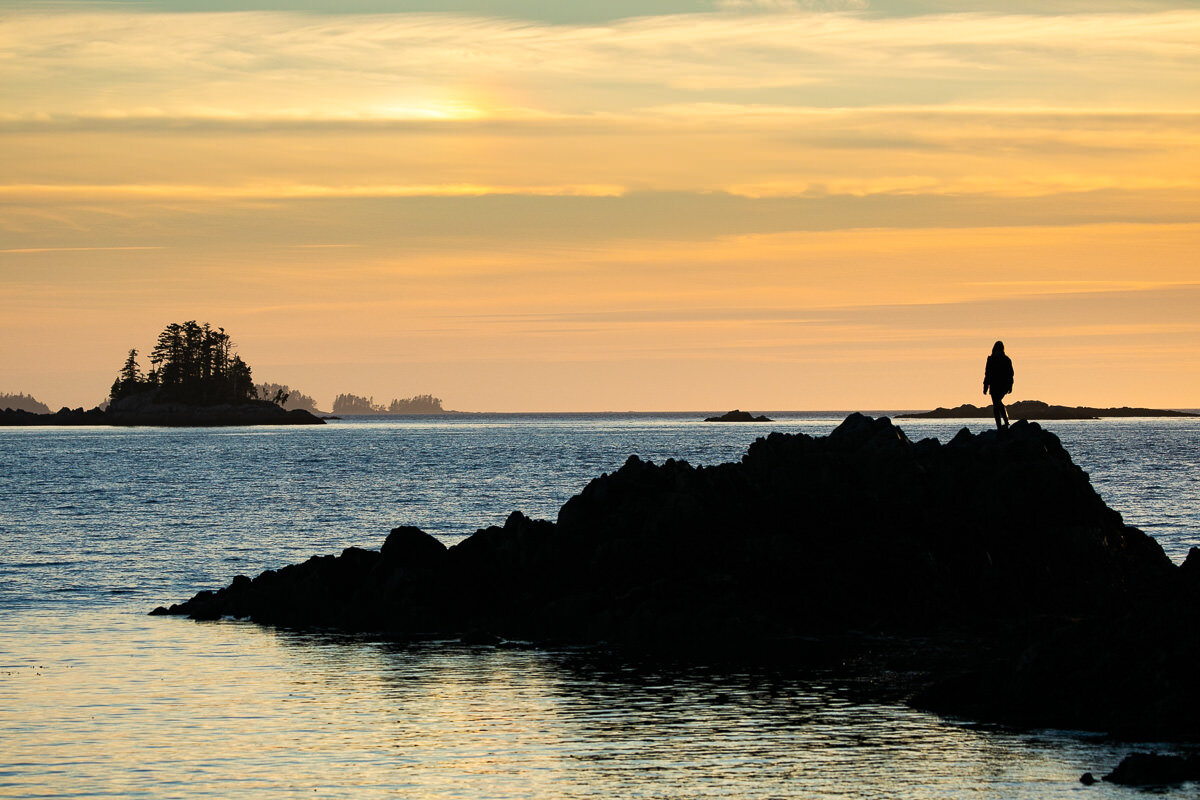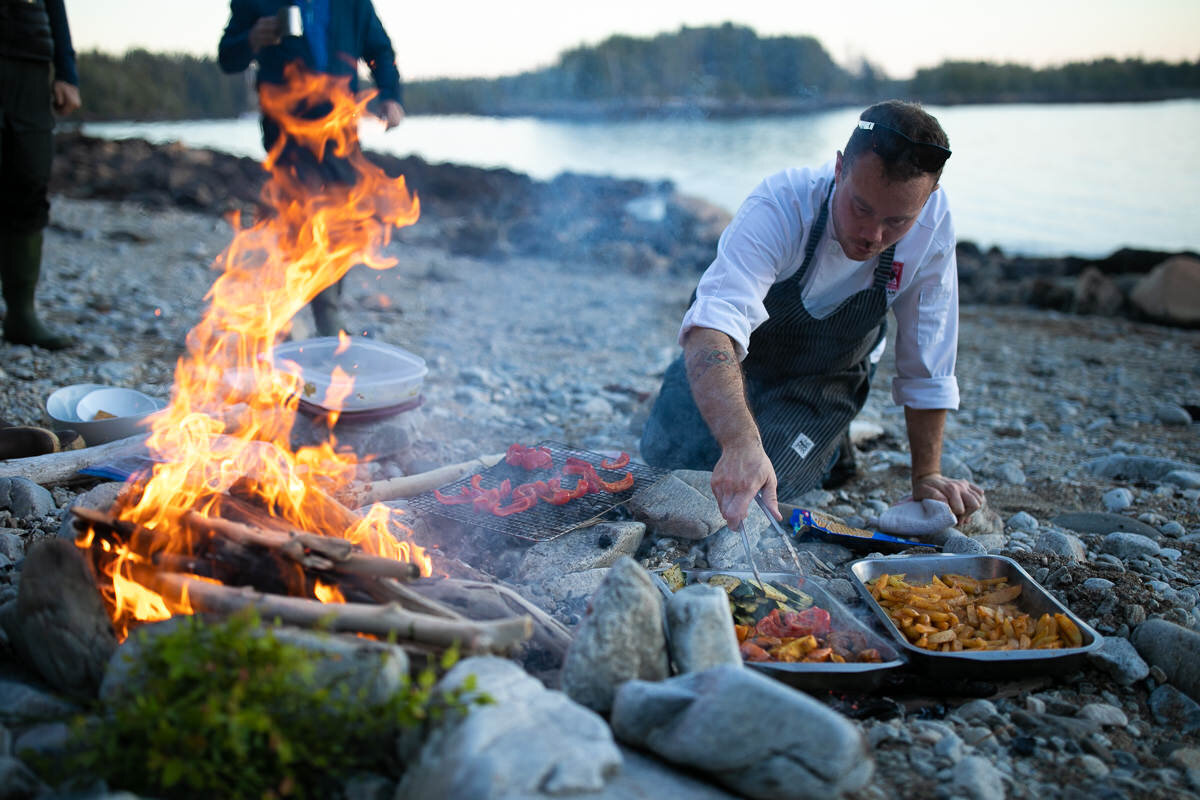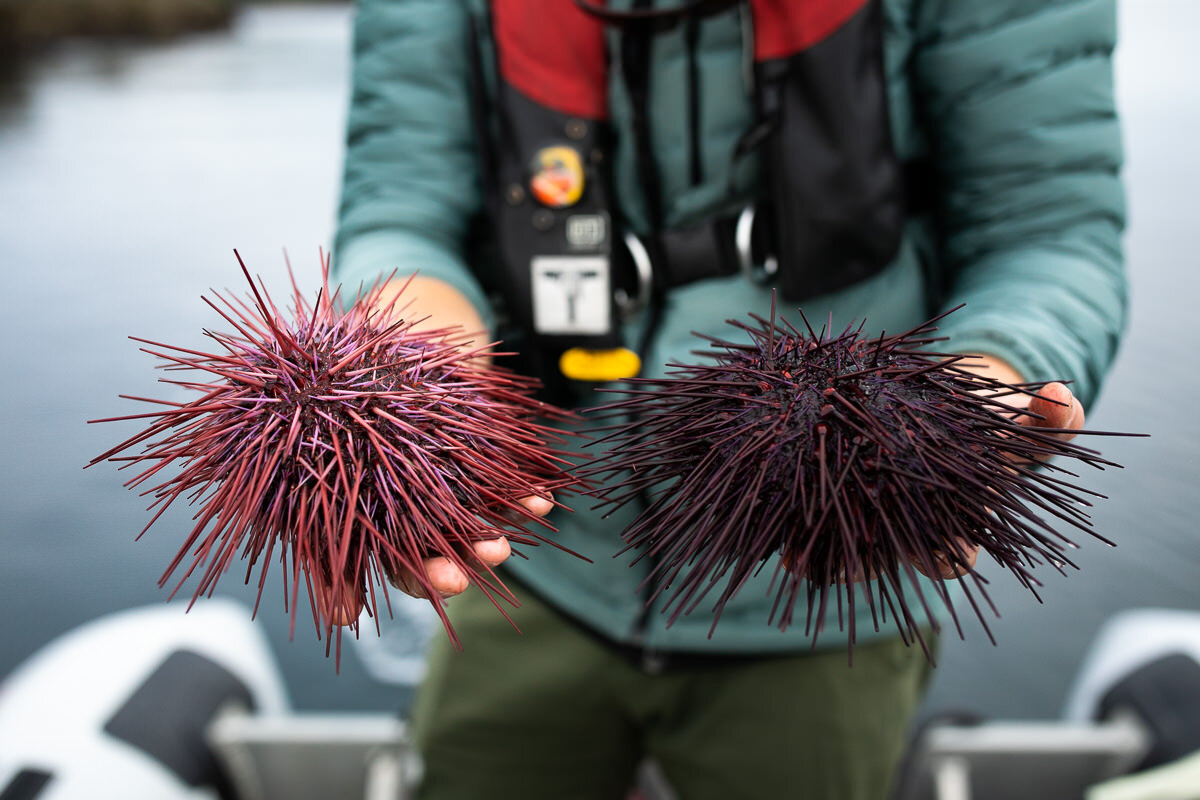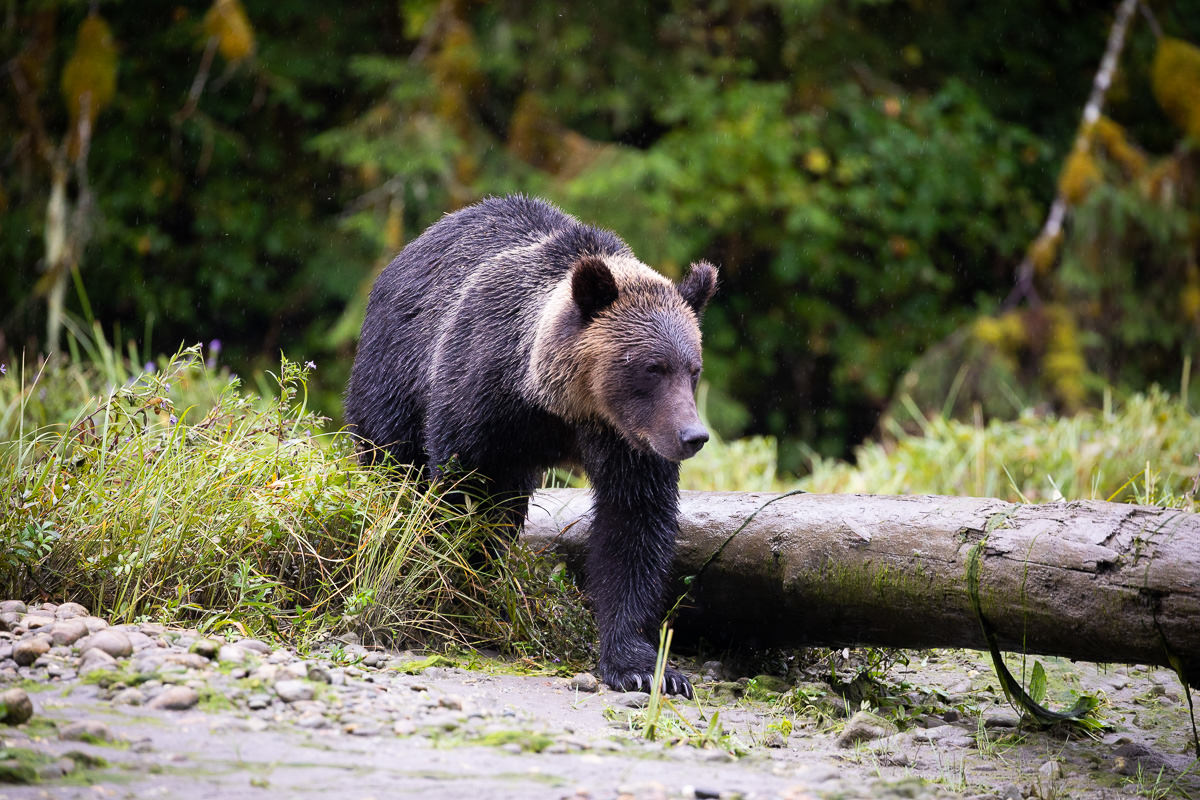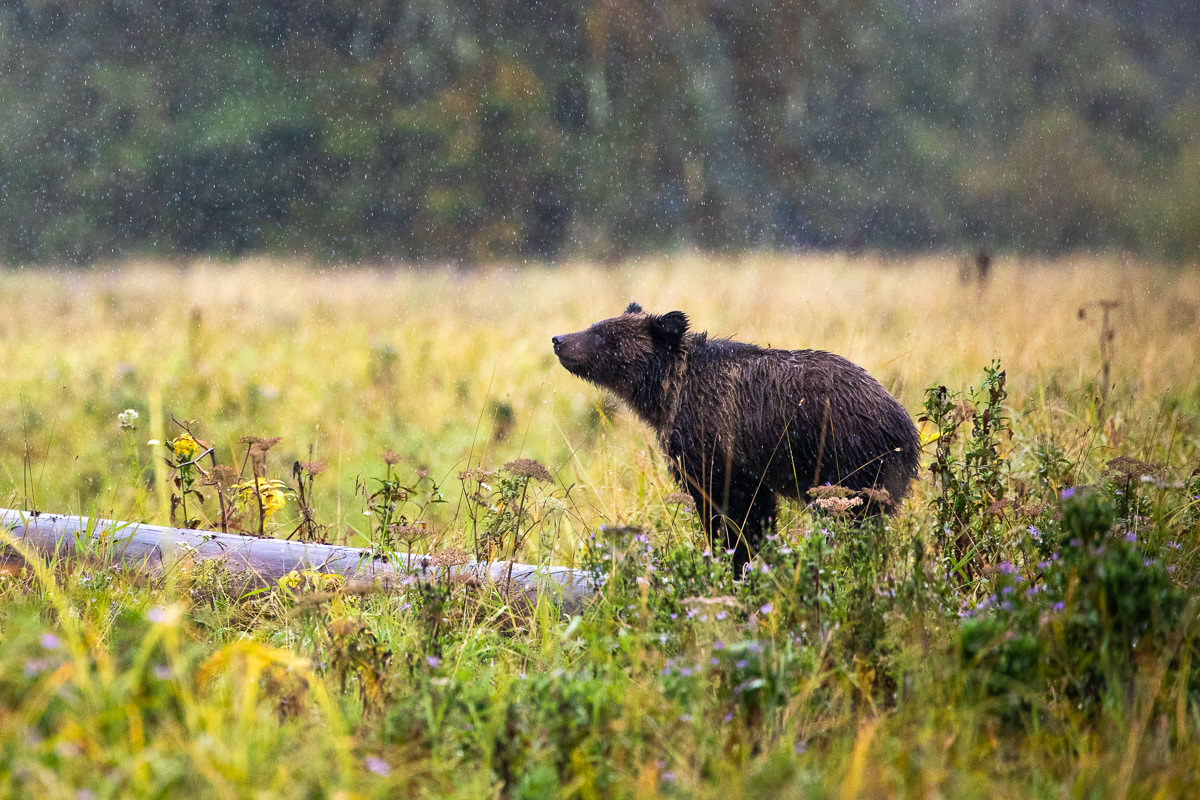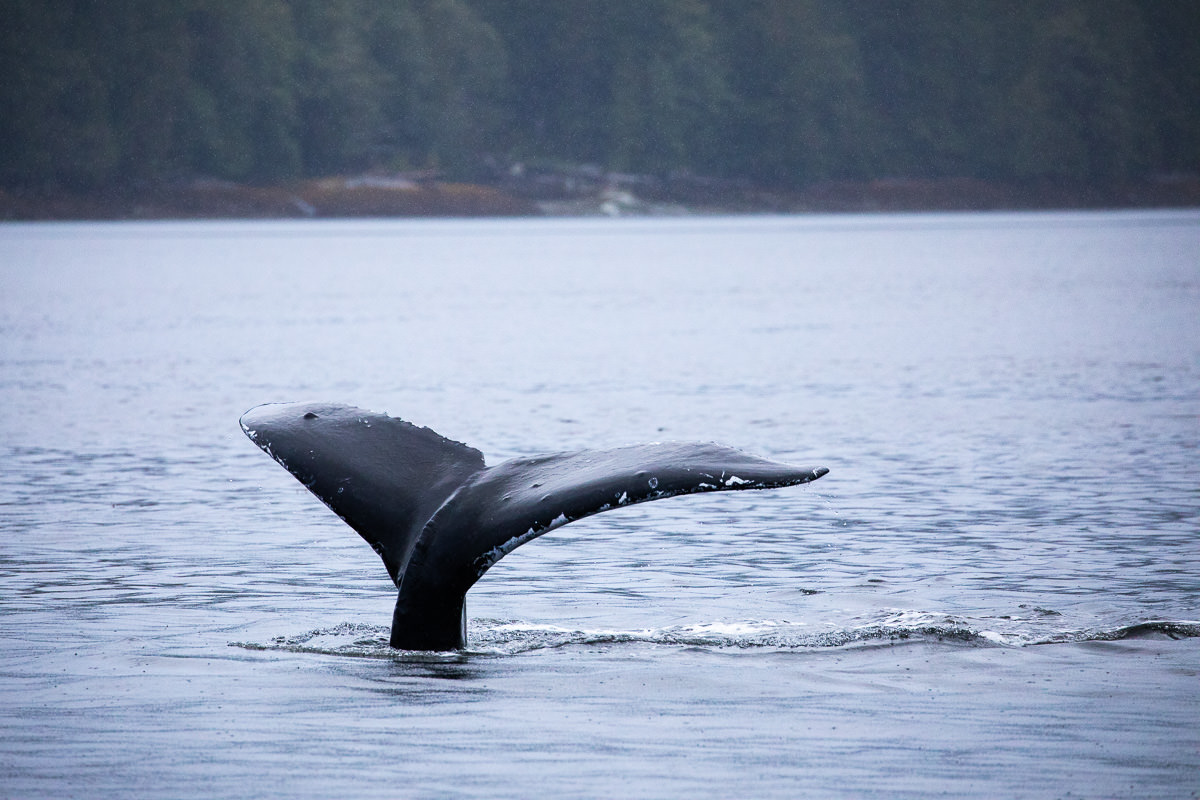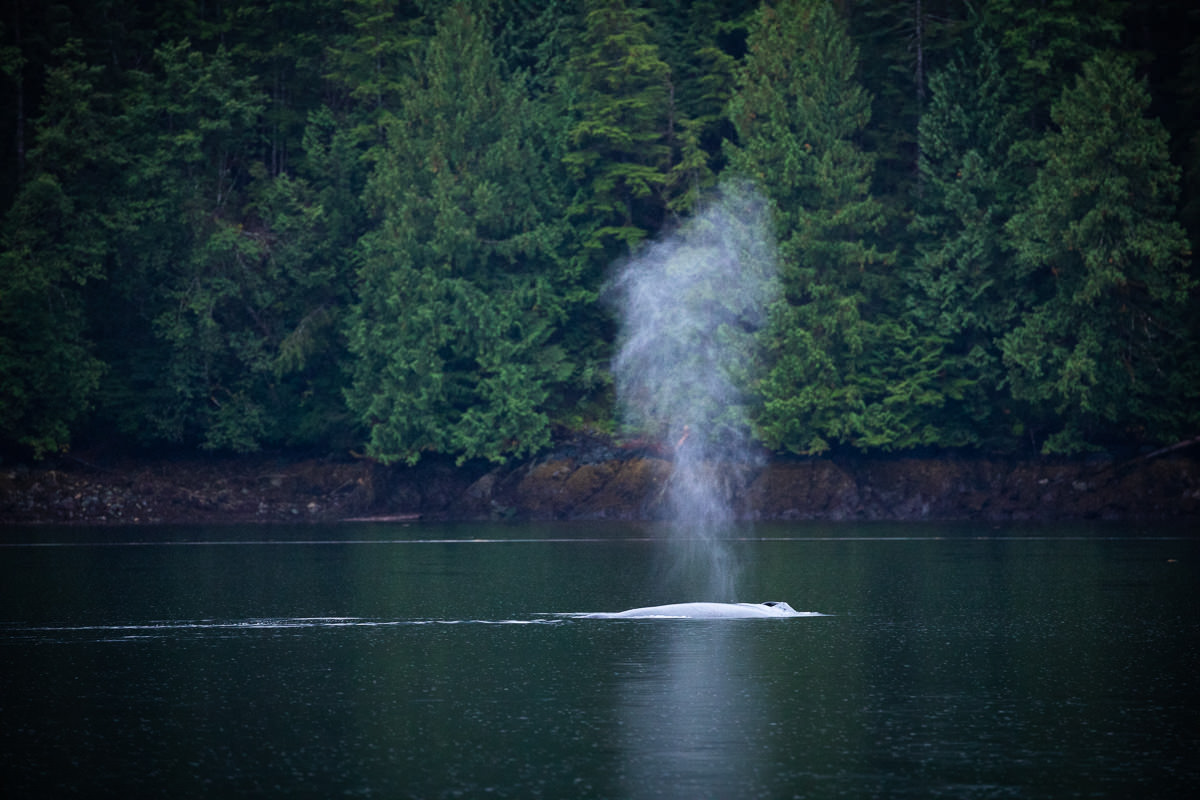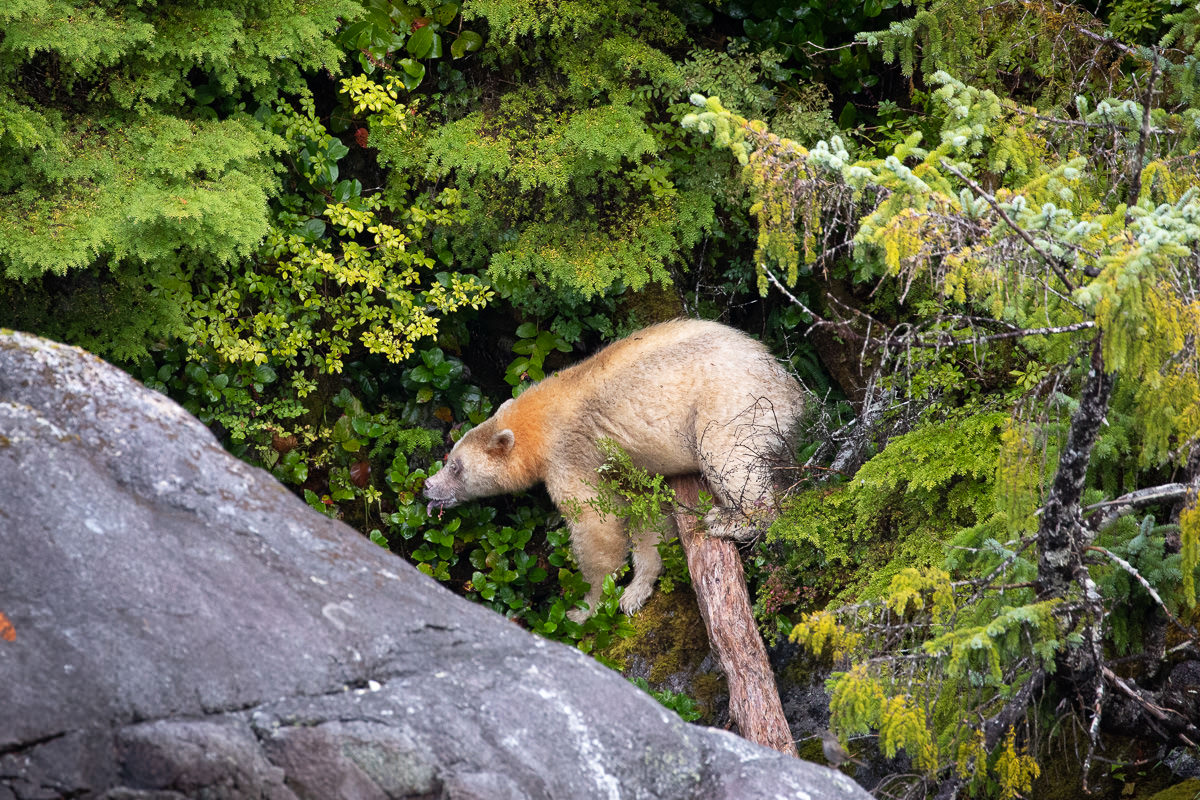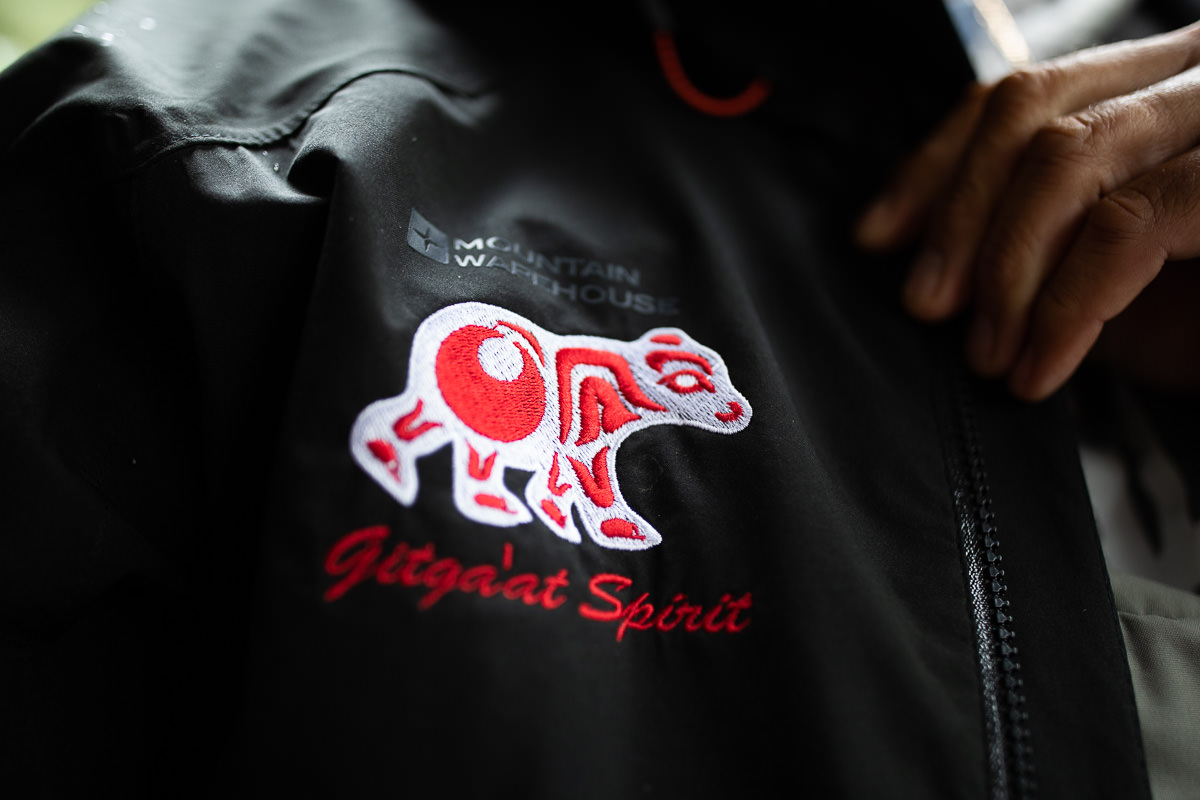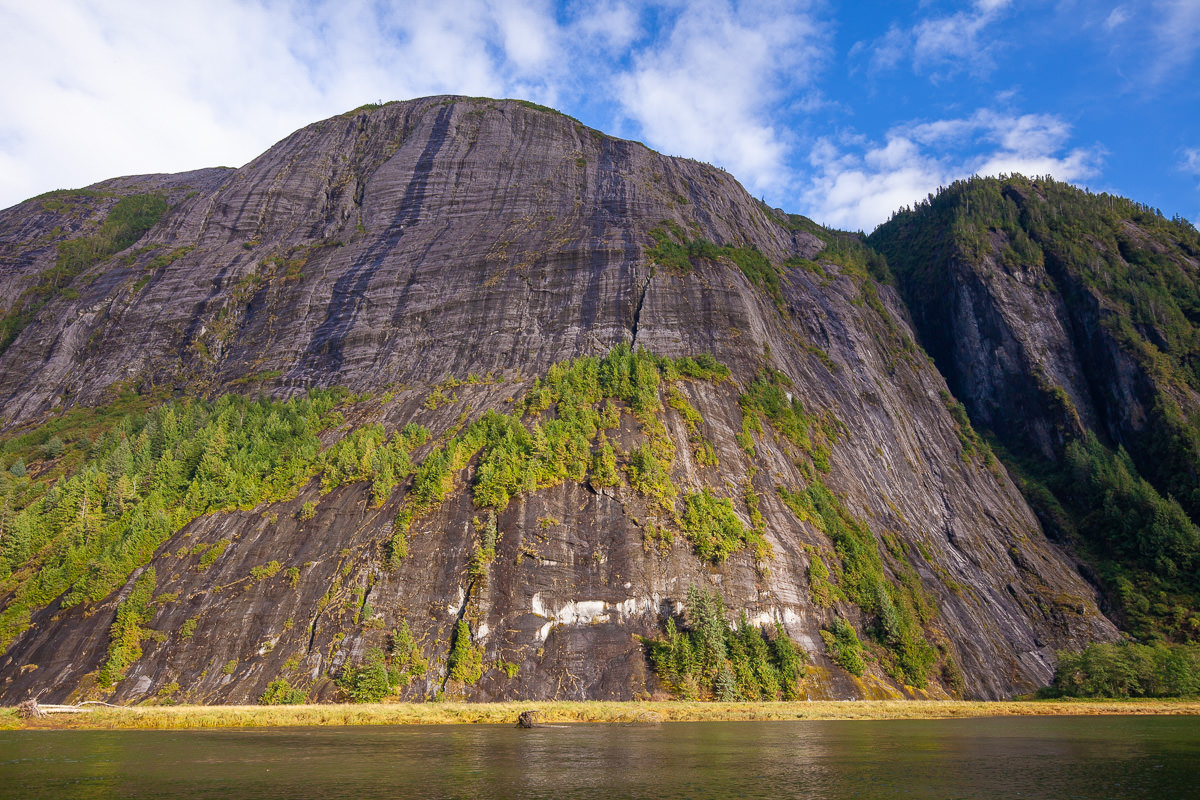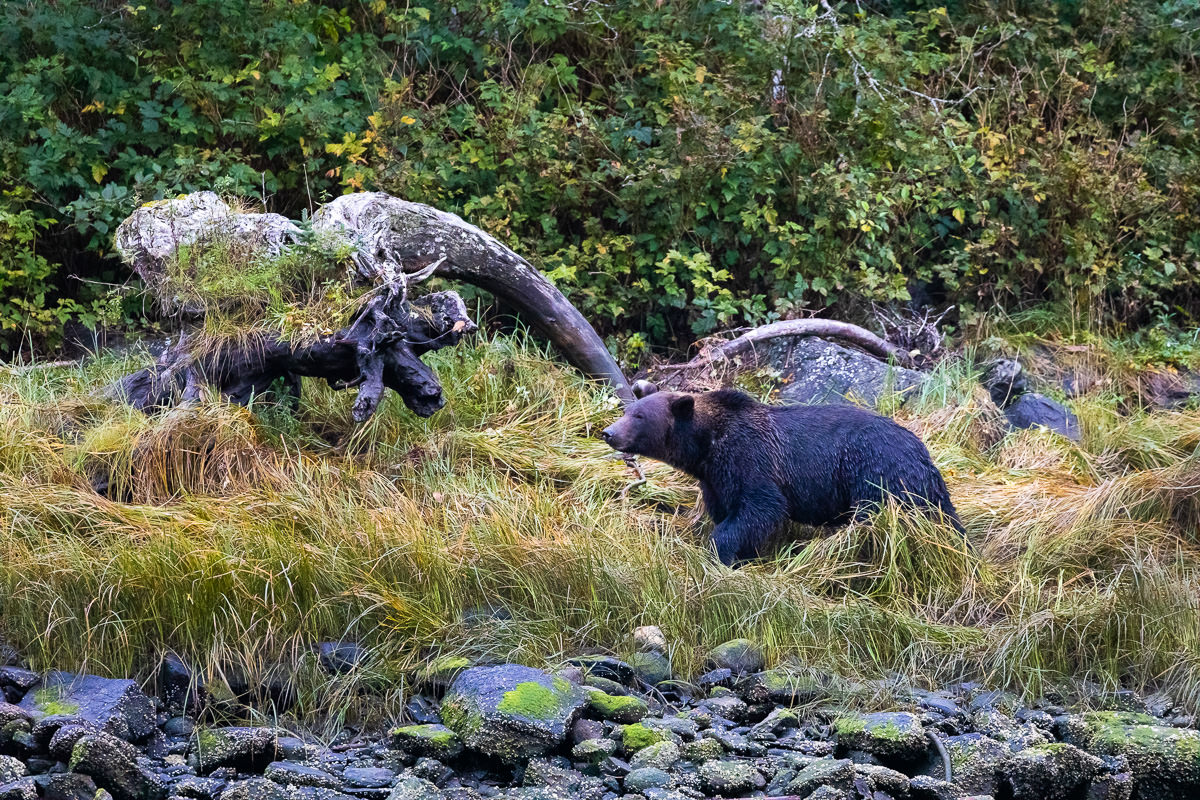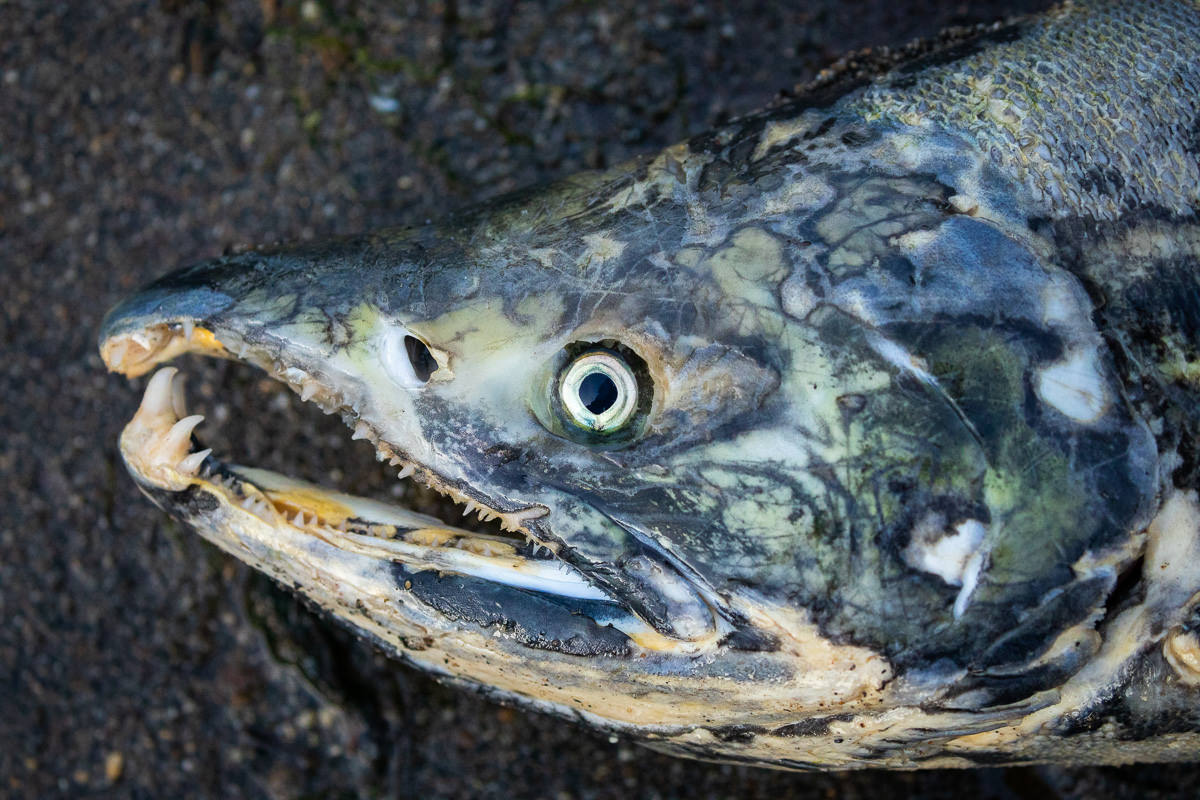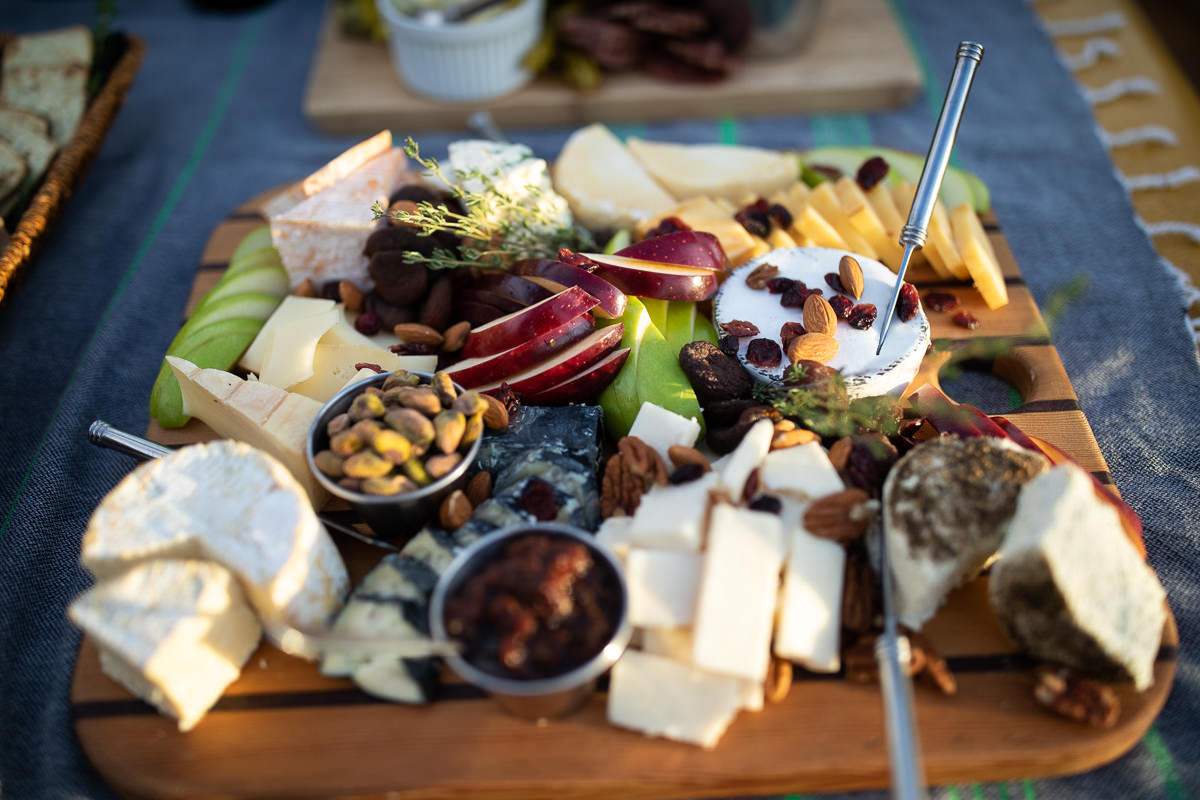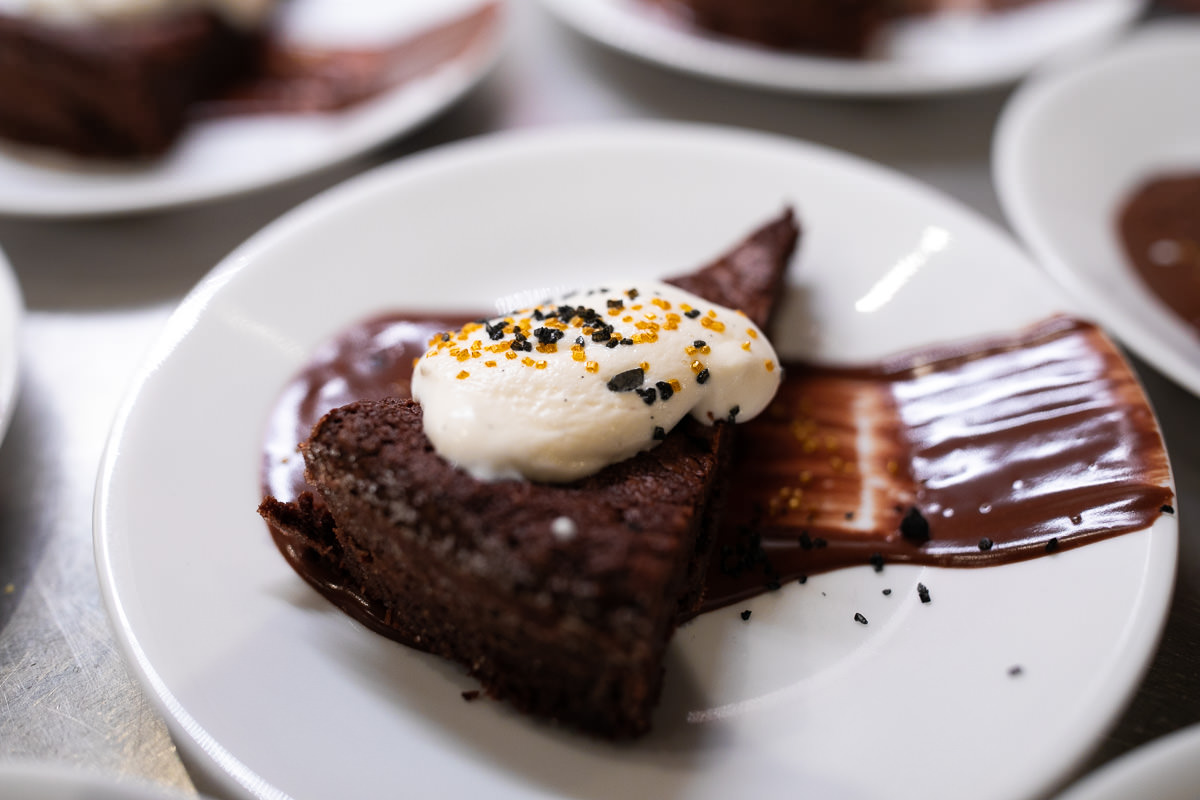In September of 2018, I spent 3 weeks in the Great Bear Rainforest working as a photographer & naturalist aboard a ship called the Maple Leaf. The Great Bear stretches along BC’s central and north coast and is part of the largest temperate rainforest in the world - 85% of which is now off limits to logging thanks to conservation efforts. From whales and wolves, bears and eagles, and waterfalls and tall granite walls, the region is stunning beyond words. Here are some photos from the second of two 8-day trips we embarked on while there.
Gear: Canon 5D MKIV, 15mm f2.8, 16-35mm f4 IS, 35mm 1.4 II, 24-70mm f4 IS, 100-400 IS L II.
Great Bear Rainforest - Trip 2
In September of 2018, I spent 3 weeks in the Great Bear Rainforest working as a photographer & naturalist aboard a ship called the Maple Leaf. The Great Bear stretches along BC’s central and north coast and is part of the largest temperate rainforest in the world - 85% of which is now off limits to logging thanks to conservation efforts. From whales and wolves, bears and eagles, and waterfalls and tall granite walls, the region is stunning beyond words. Here are some photos from the second of two 8-day trips we embarked on while there.
Gear: Canon 5D MKIV, 15mm f2.8, 16-35mm f4 IS, 35mm 1.4 II, 24-70mm f4 IS, 100-400 IS L II.




























